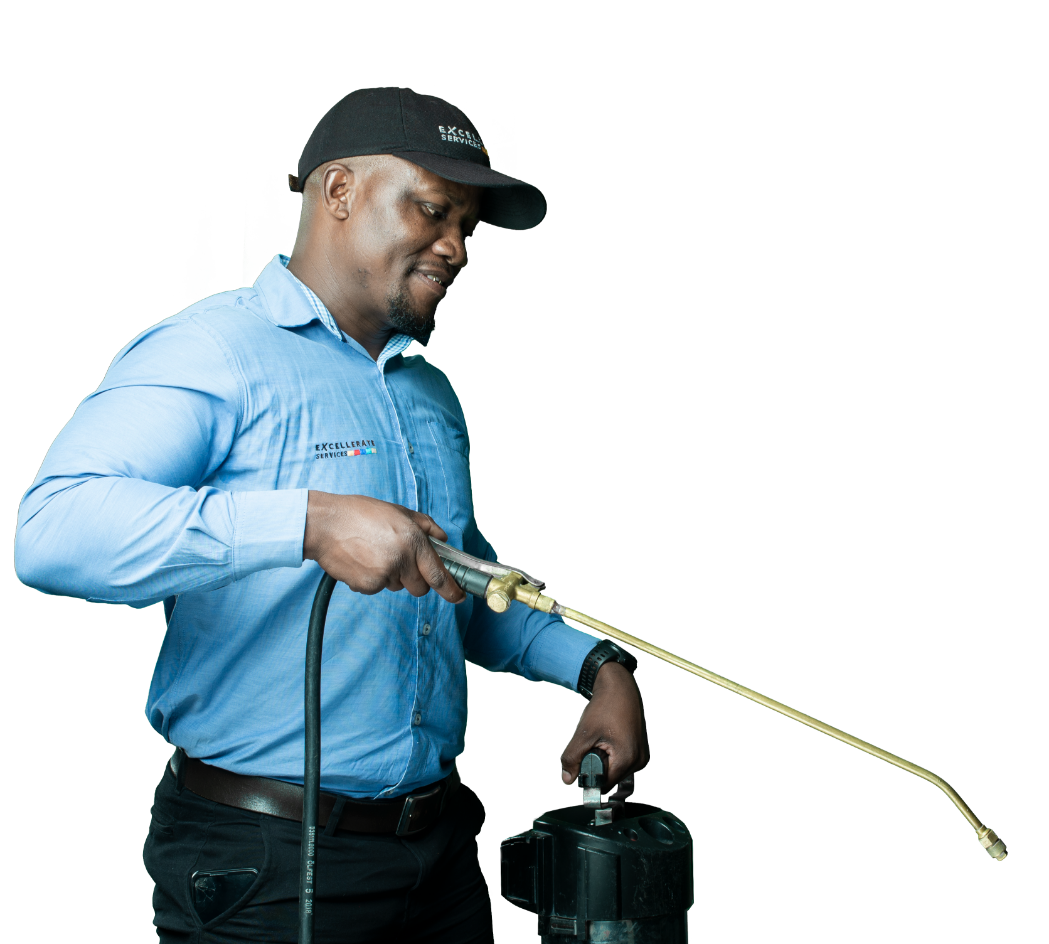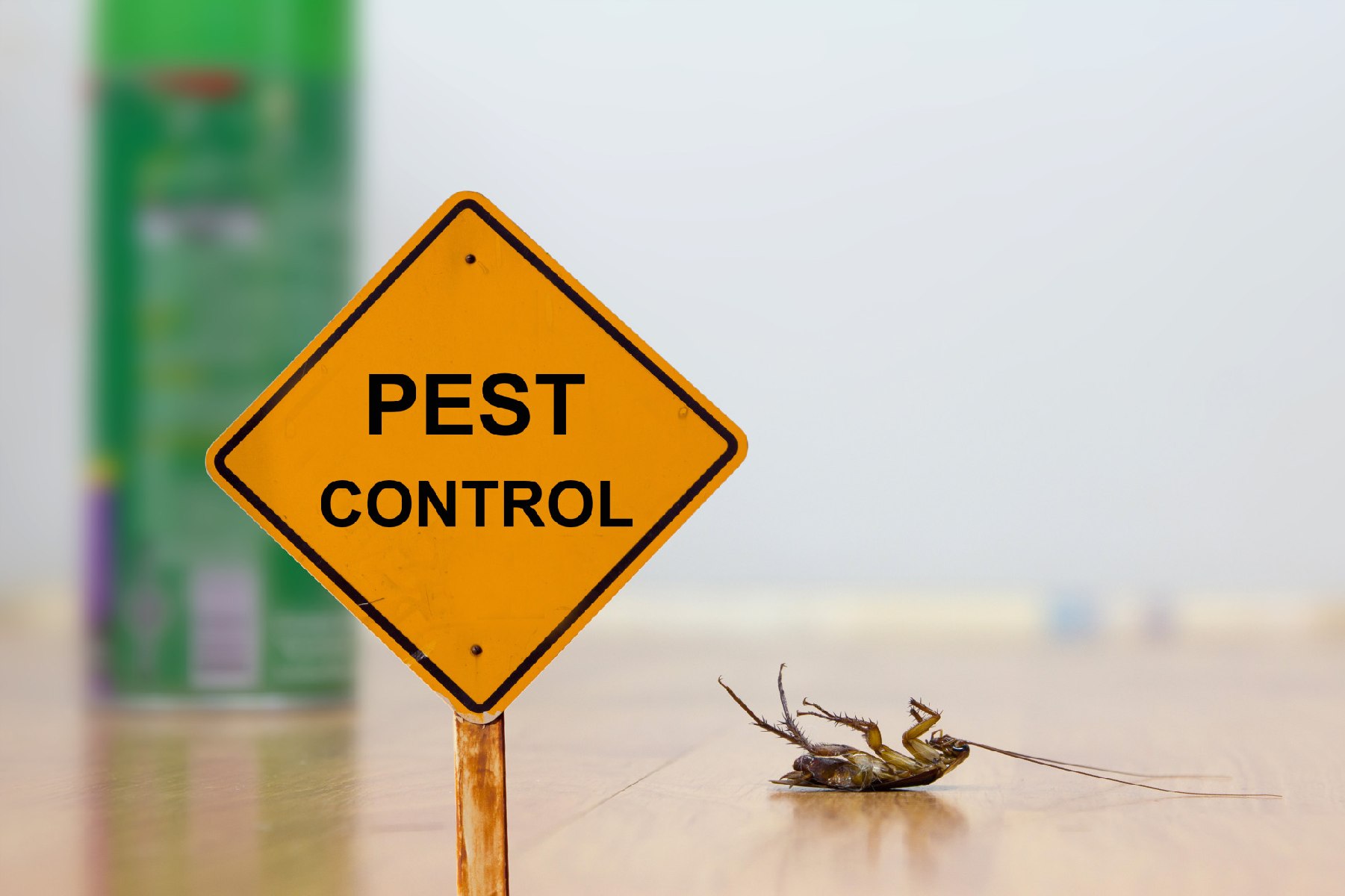Pest Control services for residential and commercial properties.
Eco-Friendly Bug Control Approaches for Handling Wildlife in Urban Areas
Urban locations typically discover themselves at the intersection of human activity and wildlife, bring about unique challenges in parasite administration. Eco-friendly approaches emphasize lasting conjunction, employing techniques such as habitat modification and all-natural repellents to minimize human-wildlife disputes. These approaches not just shield the setting however likewise improve community involvement in wildlife monitoring. As metropolitan populaces remain to expand, understanding the characteristics of wildlife interactions becomes progressively essential. What cutting-edge methods can be implemented to make certain both environmental balance and city safety? Exploring this inquiry exposes an engaging landscape of potential services.
Recognizing Urban Wild Animals Characteristics
Recognizing Urban Wildlife Characteristics is essential for creating efficient and eco-friendly bug control approaches. Urban locations are progressively coming to be environments for different wildlife species, driven by elements such as environment fragmentation, food accessibility, and human infringement. Recognizing these characteristics permits for a nuanced strategy to pest monitoring that aligns with environmental principles.
Urban wild animals typically consists of species such as raccoons, squirrels, and birds, which adjust to city environments, locating specific niches in environment-friendly rooms, parks, and also suburbs. Their existence can cause disputes with human beings, especially when they exploit personnels for food and shelter. Comprehending the actions and ecological roles of these species educates techniques that lessen unfavorable communications while advertising biodiversity.
Moreover, acknowledging the interdependencies within city ecological communities helps in determining crucial locations for habitat preservation and remediation. This understanding adds to the growth of integrated bug monitoring (IPM) techniques that think about the ecological balance, thus lowering dependence on dangerous chemicals. By cultivating conjunction in between people and urban wildlife, cities can create healthier environments that profit both locals and local communities, leading the way for sustainable city living.
All-natural Repellents and Deterrents
Natural repellents and deterrents offer a lasting option to standard parasite control methods by taking advantage of the power of nature to maintain unwanted types away. These green remedies commonly use plant-based active ingredients, crucial oils, and various other naturally taking place substances that prevent parasites without hurting the atmosphere.
One reliable all-natural repellent is peppermint oil, which is recognized to fend off rats and pests. Its strong scent is unpleasant to several bugs, making it a prominent option for metropolitan settings. In a similar way, vinegar and citrus peels can offer as deterrents, as their strong odors are usually uninviting to various wild animals.
Additionally, diatomaceous earth is an all-natural powder that can be spread in areas susceptible to insect activity, properly drying out and discouraging pests without positioning risks to non-target species. Garlic sprays and neem oil are recognized for their capacity to push back a wide variety of parasites, including both insects and larger wild animals.
Carrying out these all-natural repellents not just reduces dependence on chemical pesticides yet additionally advertises a healthier urban community, fostering a more well balanced coexistence between human beings and wildlife. By using these methods, urban areas can properly manage bug populaces while minimizing environmental effect.
Habitat Modification Methods
Reliable habitat modification techniques play an essential function in sustainable bug administration by altering the atmosphere to make it much less conducive to pest invasions. By understanding the environmental characteristics of city locations, homeowner can apply strategic modifications that prevent parasites while promoting biodiversity.
(Gopher Control)One key method includes preserving proper cleanliness. This includes routine waste removal, protecting trash containers, and removing standing water to decrease breeding sites for pests and rats. Furthermore, landscape design methods such as selecting indigenous plants can boost eco-friendly equilibrium, offering habitats for useful microorganisms while reducing resources for parasites.
Another vital approach is to seal access factors in buildings. Checking and fixing cracks in foundations, wall surfaces, and windows can substantially reduce insect gain access to. Developing physical barriers, such as fences or plant buffers, can inhibit wildlife movement right into human-inhabited locations.
Integrated Pest Management Practices
Structure upon environment alteration techniques, incorporated pest monitoring (IPM) practices offer an alternative approach to managing insect populations while reducing environmental impact. IPM incorporates different methods, including biological, social, mechanical, and chemical controls, to attain effective insect management.
Organic control involves the introduction of all-natural predators or parasites to lower bug populaces. Cultural practices, such as plant rotation and hygiene, disrupt pest life cycles and diminish their environments - Pest Control. Mechanical controls, like traps and obstacles, offer instant alleviation from parasite stress without chemical treatment
Chemical controls are used as a last resource, concentrating on targeted applications that limit harm to non-target species and the setting. The option of eco-friendly chemicals, when required, is indispensable to the IPM framework. In addition, keeping an eye on parasite populations and examining potential damage assists inform decision-making, making sure that treatments are prompt and reliable.
Community Involvement and Education

(Equine Pest Protection)Workshops and informative sessions can furnish locals with knowledge regarding indigenous species, environment conservation, and efficient non-toxic bug management methods. Partnership with schools, local companies, and federal government companies even more improves instructional outreach, guaranteeing that vital info reaches diverse audiences.
Additionally, community-led campaigns, such as neighborhood clean-up days and habitat reconstruction tasks, not only advertise biodiversity yet likewise enhance community ties. Pest control service. By motivating citizens to share their experiences and monitorings, areas can create targeted techniques that resolve particular regional pest problems
Incorporating feedback from residents into bug monitoring plans enables a much more responsive and adaptive method to wildlife challenges. Eventually, educated and involved communities are vital to achieving lasting success in blog here environment-friendly pest control, resulting in healthier metropolitan environments that value both human and ecological demands.

Conclusion
In conclusion, green insect control approaches deal sustainable remedies for managing urban wild animals. By prioritizing habitat modification, using all-natural repellents, and applying integrated pest administration techniques, communities can foster a harmonious coexistence with local fauna.